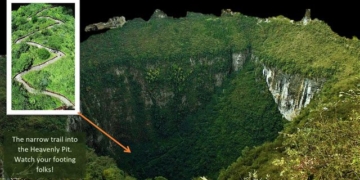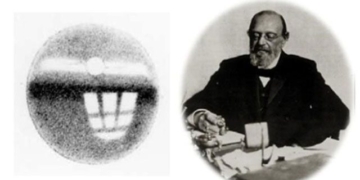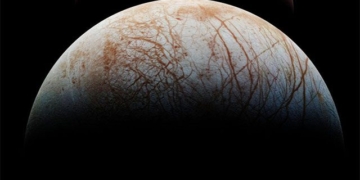The Earth consists of two main layers: the outer layer and the inner layer. The outer layer includes the atmosphere, hydrosphere, and biosphere. The inner layer comprises the Earth’s crust, mantle, and core.
The Earth’s crust is the outermost layer, consisting of weathered soil and rock layers. It is also referred to as the lithosphere. The crust occupies only 0.5% of the Earth’s total volume. If we compare the mantle and the core to the egg white and yolk, respectively, then the crust resembles the eggshell.
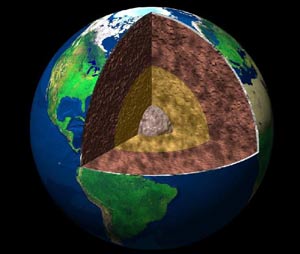 |
(Photo: astro.lsa) |
The thickness of the Earth’s crust varies significantly from place to place. In some regions, it is very thick, such as the Tibetan Plateau in China, where it can reach 60-80 km. In contrast, it is quite thin in areas like the Atlantic Ocean Basin, which is only 5-6 km thick, and the Pacific Ocean Basin, which is around 8 km thick. On average, the crust on land is about 33 km thick, accounting for 1/200 of the Earth’s radius.
Although the Earth’s crust is thin, the structure of the upper and lower layers differs greatly. The upper part mainly consists of low-density lithosphere, which is lightweight. Its primary components are silicon and aluminum, making this part known as the silicon-aluminum layer. The lower part primarily consists of high-density and high-weight lithosphere, with magnesium, iron, and silicon as its main components, often referred to as the silicon-magnesium part. At the ocean floor, due to the thinness of the crust, typically only the silicon-aluminum layer is present, with no silicon-magnesium layer. Additionally, the uppermost layer contains an outer crust composed of sedimentary rocks, metamorphosed sedimentary rocks, and weathered soil.
The Earth’s crust is not static and does not remain unchanged forever. Throughout the Earth’s long history, significant changes have occurred: continental drift, tectonic plate movement, volcanic eruptions, and earthquakes… all of which are manifestations of the Earth’s dynamic nature. The crust is also affected by and eroded by the atmosphere, hydrosphere, and biosphere, leading to various surface features with distinct characteristics. The relationship between humans and the land is deeply intertwined.
The Earth’s crust conceals an incredibly rich array of mineral resources. Currently, over 2000 types of ores have been identified, among which essential resources like gold, silver, copper, iron, tin, tungsten, manganese, lead, zinc, mercury, coal, and petroleum are crucial for the material civilization of humanity.
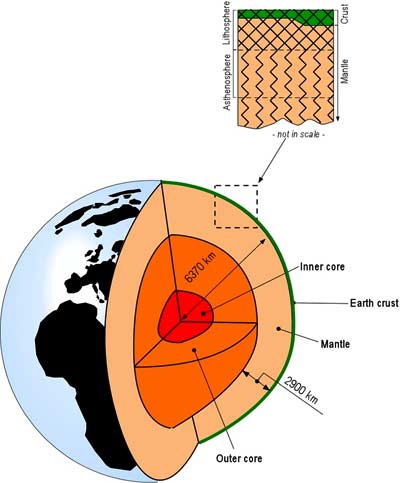
Internal structure of the Earth, the Earth’s crust (Earth crust) is the outermost layer (Photo: iga.igg)

















































